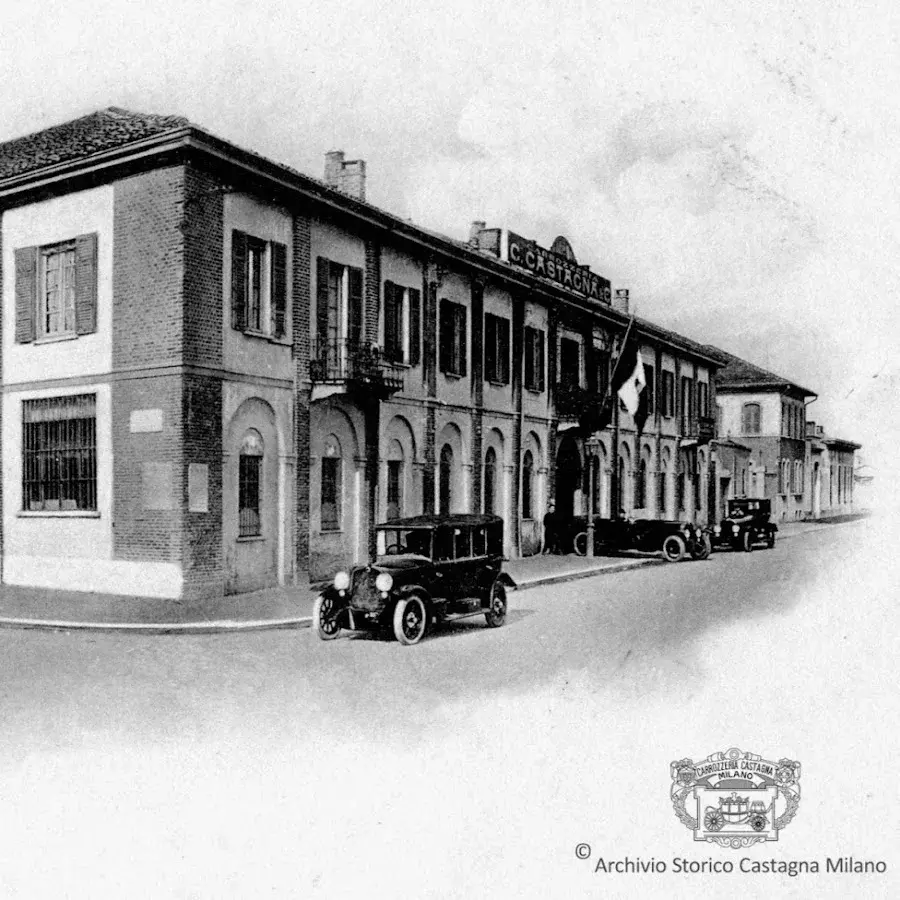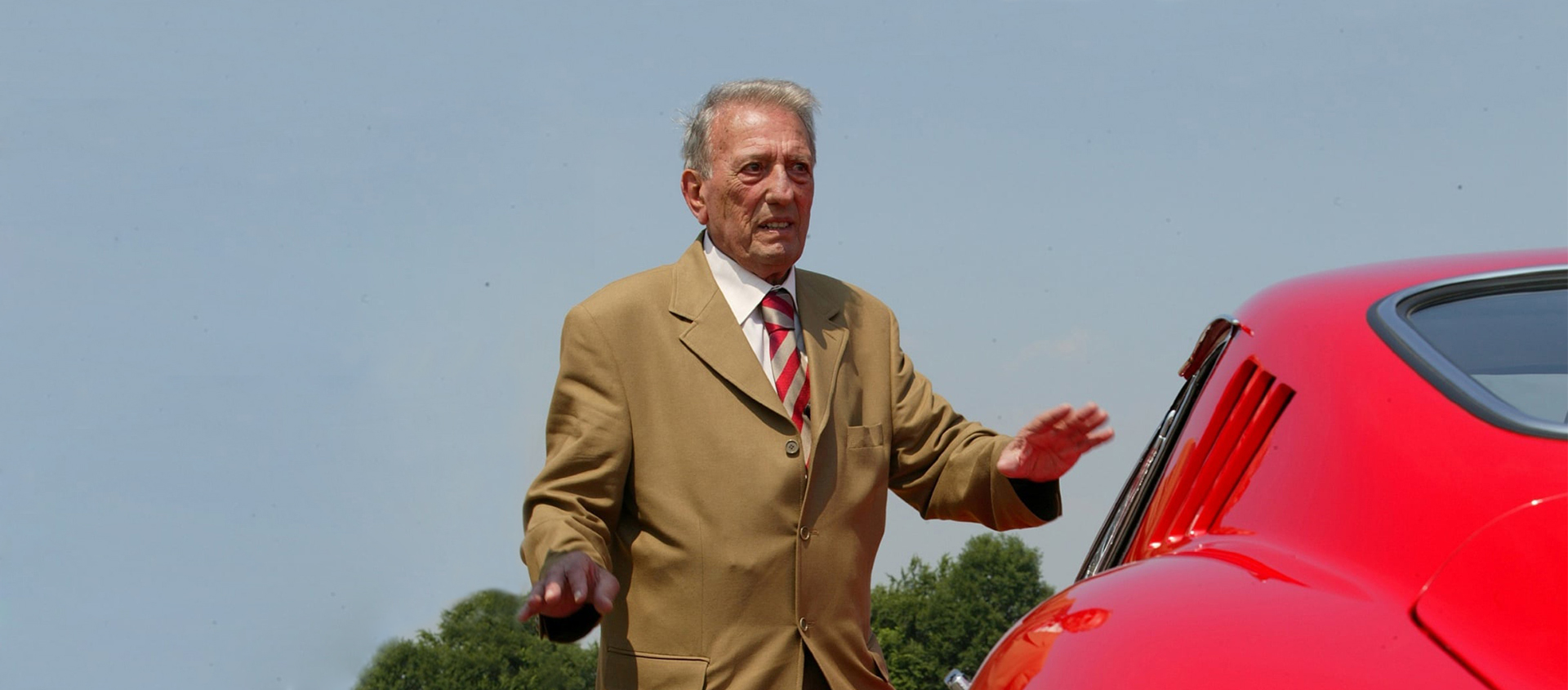The myth of Italian Coachbuilders: Castagna
18 May 2024 3 min read 5 images

Photo credit: Archivio Storico Castagna, Concorso d’Eleganza Villa d’Este, Museo Nicolis, Wheelsage
Roarington's journey exploring significant Italian coachbuilders stops today in Milan, taking us back over a century: In 1849, Carlo Castagna took over the prestigious Milanese workshop Ferrari, known for making carriages for royal and aristocratic families across Europe. This led to an early entry into the burgeoning automobile industry: The company's reputation for using exquisite materials and quality finishes led Italian importers of Benz quadricycles to contact Castagna for the creation of motorized carriages.
Register to unlock this article
Signing up is free and gives you access to hundreds of articles and additional benefits. See what’s included in your free membership. See what's included in your free membership.
Already have an account? Log In


